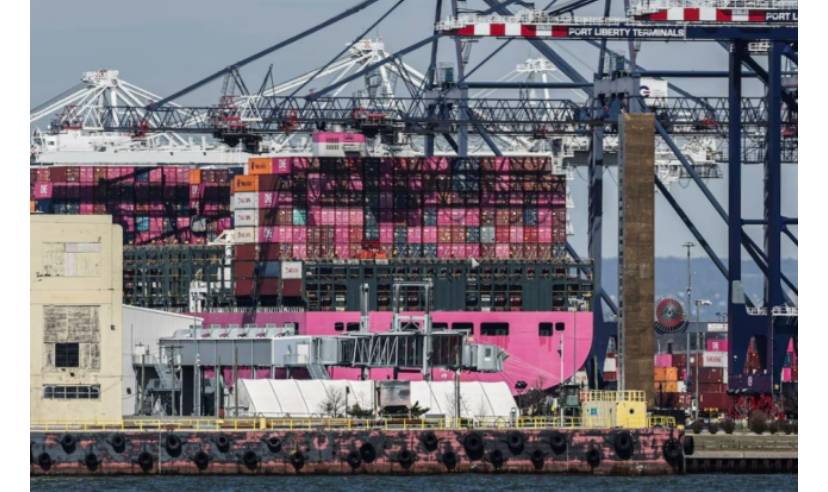U.S. Implements Trump’s 10% Global Tariff, Disrupting Trade Norms
On Saturday, U.S. customs officials began enforcing former President Donald Trump’s newly announced 10% tariff on a broad range of imports, marking a major departure from decades of international trade agreements. This “baseline†tariff, which applies to imports from numerous countries, officially took effect at 12:01 a.m. ET across American ports, airports, and customs facilities.
The sweeping tariff policy represents Trump’s complete rejection of the post-World War II trade framework, where tariff levels were determined through mutual agreements between nations. Legal and trade experts have described the move as historic. Kelly Ann Shaw, a former White House trade adviser and now a lawyer at Hogan Lovells, called it “the single biggest trade action of our lifetime,†during a panel at the Brookings Institution. She noted that while tariff levels may be adjusted through future negotiations, the decision represents a monumental change in global trade dynamics.
Following the announcement on Wednesday, global financial markets reacted with sharp declines. By Friday, the S&P 500 saw a staggering $5 trillion wiped off its market value in just two days—the largest two-day drop on record. Commodity prices, including oil, also plummeted, and many investors sought safer assets like government bonds in response to the economic uncertainty.
Countries hit immediately by the initial 10% tariffs include Australia, the United Kingdom, Egypt, Colombia, Argentina, and Saudi Arabia. According to a bulletin from U.S. Customs and Border Protection (CBP), there is no grace period for goods that arrived in the U.S. after the start time on Saturday. However, a 51-day exemption has been granted for cargoes that were already en route to the U.S. by air or sea before the tariff took effect. These shipments must arrive by 12:01 a.m. ET on May 27 to avoid the new tax.
In addition to the baseline tariff, Trump’s administration plans to introduce even steeper “reciprocal†tariffs on Wednesday. These levies, ranging from 11% to 50%, will target major trading partners. The European Union will face a 20% tariff, while Chinese imports will be subject to a 34% increase—raising total U.S. tariffs on Chinese goods to 54%. Vietnam, which previously benefited from the U.S.–China trade war by attracting American supply chains, will now face a 46% tariff. In response, Vietnam has agreed to enter trade discussions with the Trump administration.
Canada and Mexico have been exempted from the new tariff measures. However, they are still subject to a separate 25% tariff linked to the U.S. fentanyl crisis for non-compliant goods under the U.S.-Mexico-Canada Agreement (USMCA).
Some goods have been excluded entirely from these new duties. Over 1,000 product categories—valued at approximately $645 billion in 2024—are exempt. These include key imports like crude oil, refined petroleum, pharmaceuticals, uranium, titanium, semiconductors, copper, and lumber. Many of these items are either crucial to national security or under investigation for potential future tariffs.
While energy products are mostly spared, Trump’s administration is expected to explore additional national security-related trade actions, particularly in sensitive sectors such as high-tech and rare materials.
This aggressive trade move signals a dramatic realignment of U.S. trade policy and could redefine global economic relationships for years to come.


